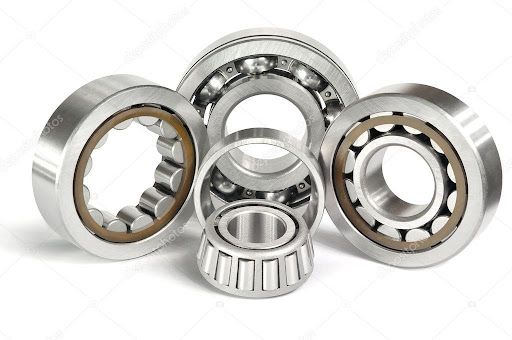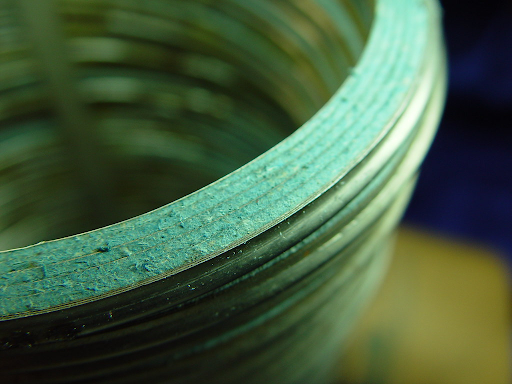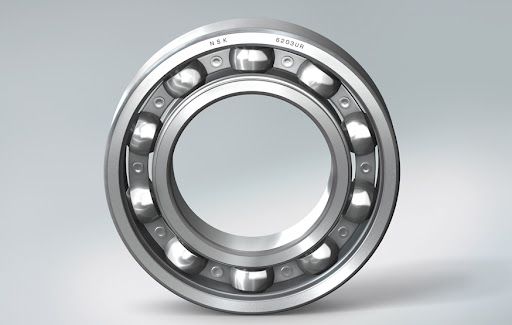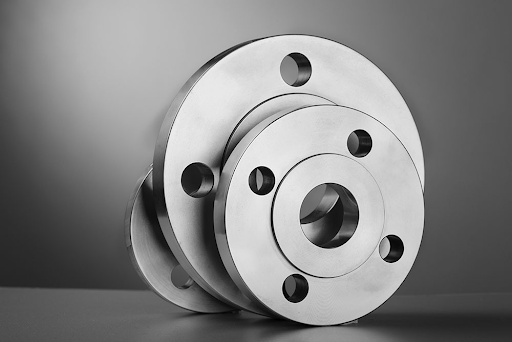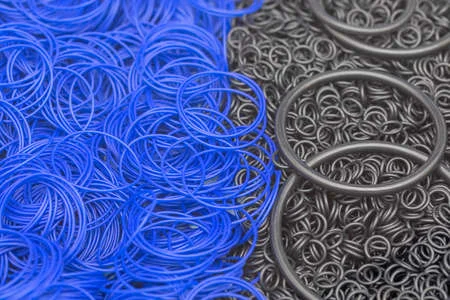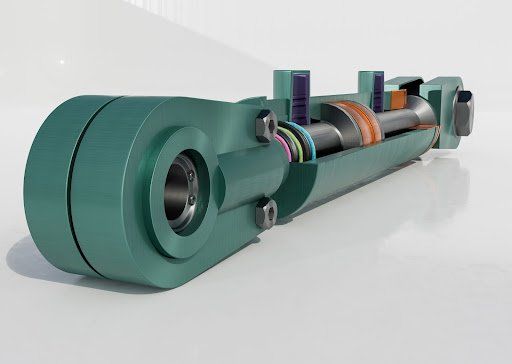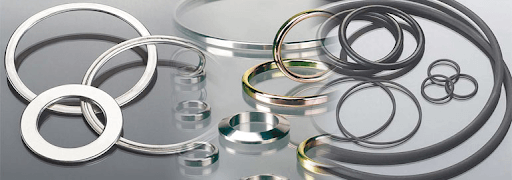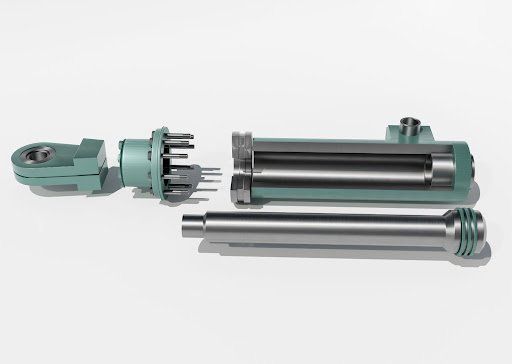Gland Packing For Modern Applications
Gland packing, like a mechanical seal , is a vital element of pumps and shafts, controlling fluid loss and ensuring the successful operation of mechanical equipment. While mechanical seals may be the more popular choice for most applications, they are a very costly investment and not always the most necessary option. Gland packing is cost-effective, easy to install, and made from readily available materials. It is a method that countless engineering applications still rely on today, particularly if corrosive fluids are being handled as the packing will last far longer than a seal.
How Does Gland Packing Work?
Gland packing, also known as compression packing, is a soft and flexible material configured into rings that are inserted into the annular space or stuffing box to seal the rotating or reciprocating member of the body of the equipment, such as a pump or valve. With tightening, pressure is transmitted to expand the rings, causing an effective seal. Installation is fairly simple and little maintenance is required.
Different Types of Packing
Today, packings come in a variety of shapes and sizes and are made from a wide range of materials to suit nearly every application. Most gland packing features a braided, twisted or laminated construction, depending on the application for which it’s intended. Following is a short breakdown of the more common types of gland packing seal designs and their recommended applications:
Braid-Over-Braid
Also known as jacket-over-jacket, this design is fabricated by using round braiding machines to braid tubular jackets, one over the other. The weave is soft and dense, using yarns, rovings, ribbons or similar materials, either alone or combined. This type of packing can carry a large amount of lubricant and is recommended for high-pressure, slow-speed applications.
Square Braid
This design is a relatively soft and loose braid, fabricated from yarn, rovings, ribbons or similar materials, on equipment where strands pass over and under other strands running in the same direction. These packings are easy on old or worn equipment and are recommended for high-speed rotary service at low pressure.
Lattice Braid
With this design, the strands crisscross diagonally, for a stronger and more durable braid. Also known as a Multi-braid, this method forms a solid integral structure that cannot easily come apart, making it resistant to permeation leakage. It is recommended for applications on both reciprocating and centrifugal pumps and valves.
Twisted Fibre
Twisted fibre packing is made from cotton yarns or metallic strands that have been lubricated with mineral oil and graphite, and are twisted around each other to obtain the desired size. As this type of design has just been twisted and not interlocked, it is not as strong as other types of packaging, making it more suitable for low-pressure applications.
Laminated Packing
Laminated packing is made using either asbestos and rubber or duck and rubber, laminated into a synthetic slab which can then be cut or fabricated into strips or rings.
There are many other packing varieties, including die-formed, mandrel cut and graphite tape, each suited for a specific application. To ensure you make the right choice when selecting your gland packing, speak to your trusted local seal supplier. Bearing Centre stocks a wide range of seals and our team is always on hand to assist you with any queries regarding your application. Give us a call today!


